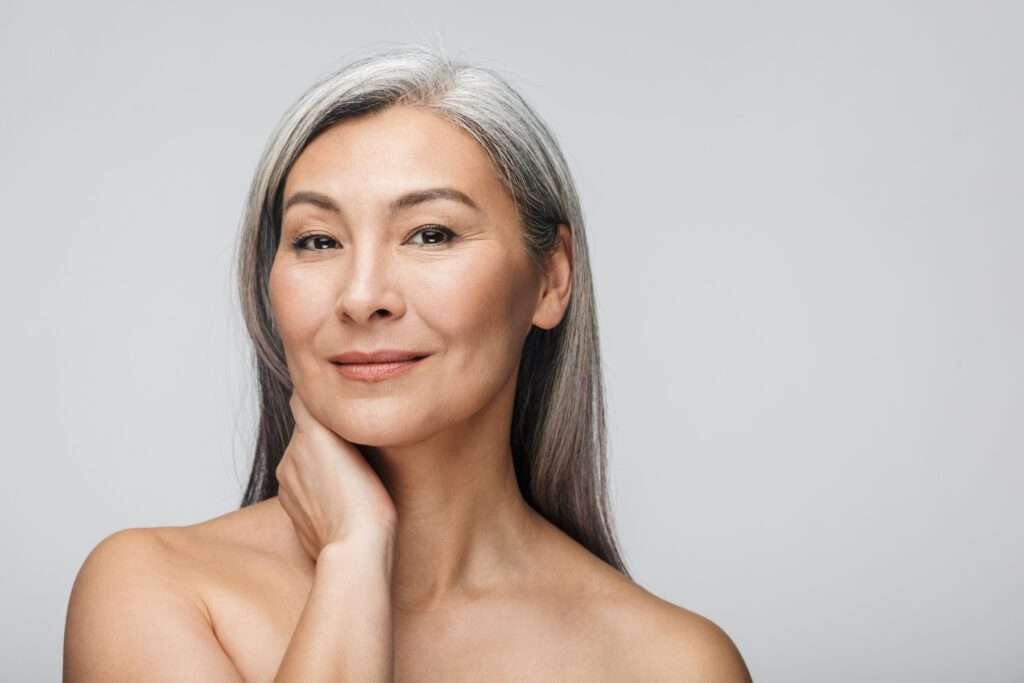
Conveniently located to serve Kelowna, BC.
Treatment Options
Brown Spot Removal
We will help you reduce your skin pigmentation to feel more confident and reduce the need to cover up.

Conveniently located to serve Kelowna, BC.
We will help you reduce your skin pigmentation to feel more confident and reduce the need to cover up.
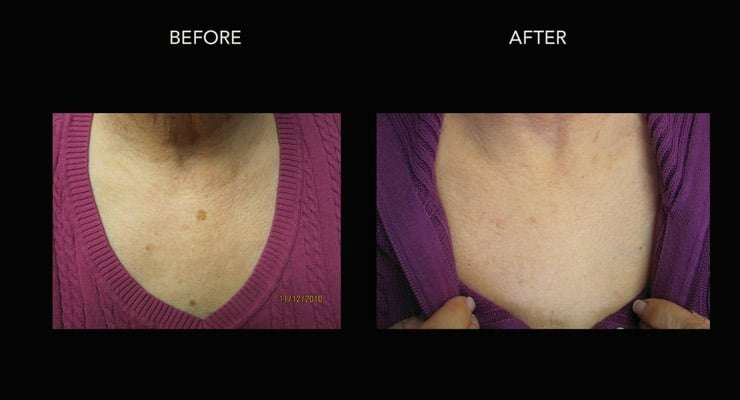
Just like skin, results may vary. These pictures (of our awesome, real-life clients!) help you see what is possible and set a realistic expectation.
We’d love to get to know you, learn more about your goals, and see what treatment options would suit you best.
Sinatra sang it best… “Tall and tan and young and lovely, the girl from Ipanema goes walking…” Tanned, even-coloured skin is highly desirable and is what most of us had when we were younger. As we age and acquire more sun exposure, we start to experience freckling and unwanted brown spots rather than a nice even colour. Thankfully we have treatments that can even out that pigmentation and get us closer to what we once had.
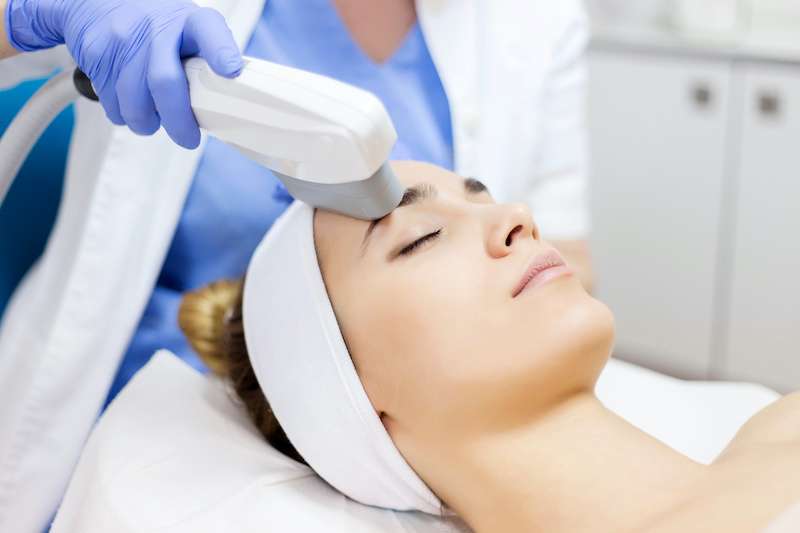
We always invest in the world’s best technology and products to ensure optimal results. We have 7 different lasers/treatment options at our disposal to make sure we can help you. Book your consultation today!
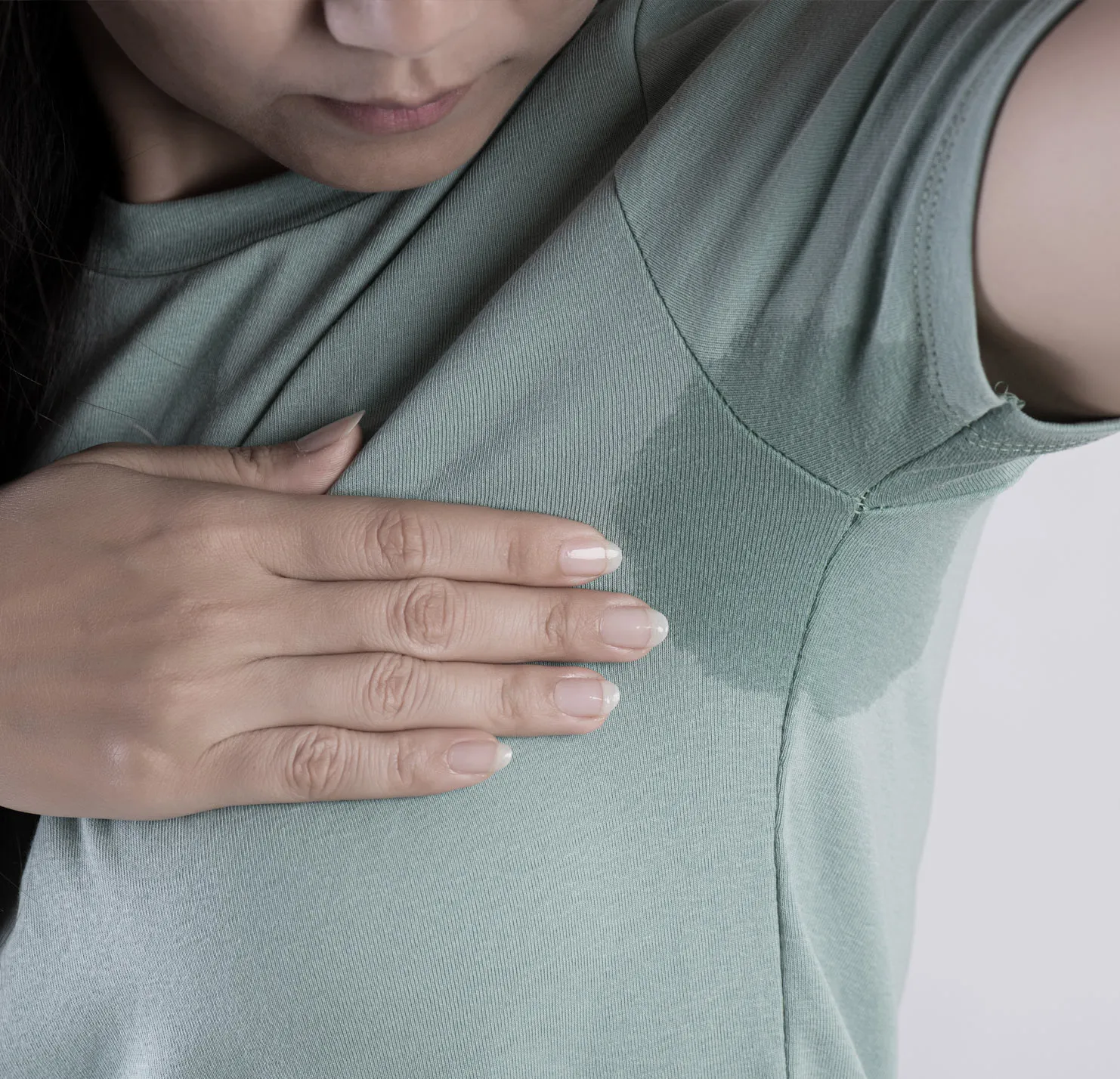


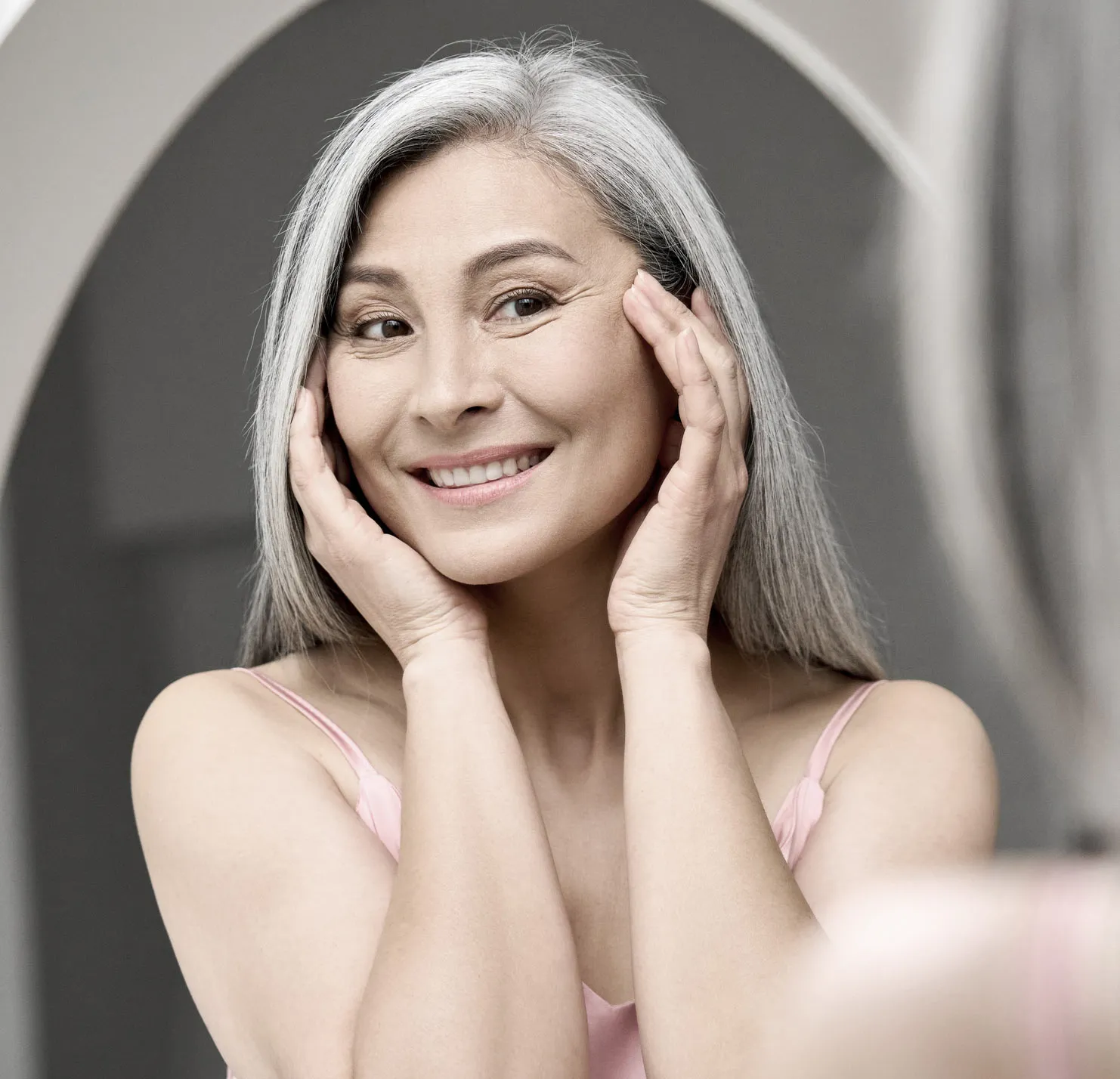
3477 Lakeshore Rd #200, Kelowna, BC V1W 0A7, Canada